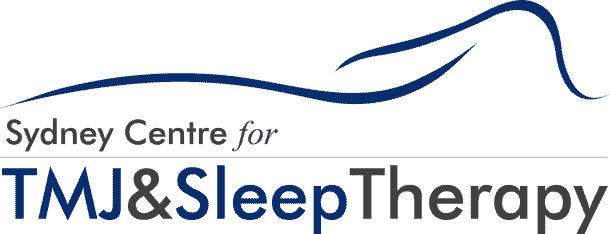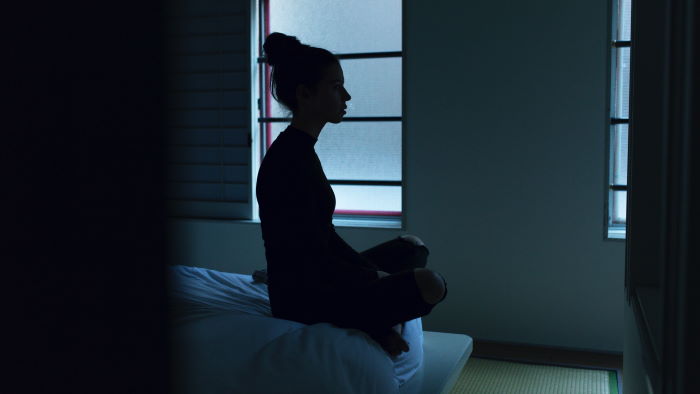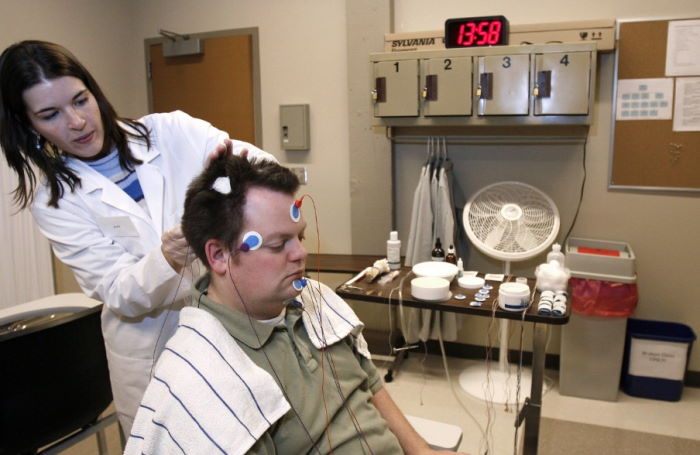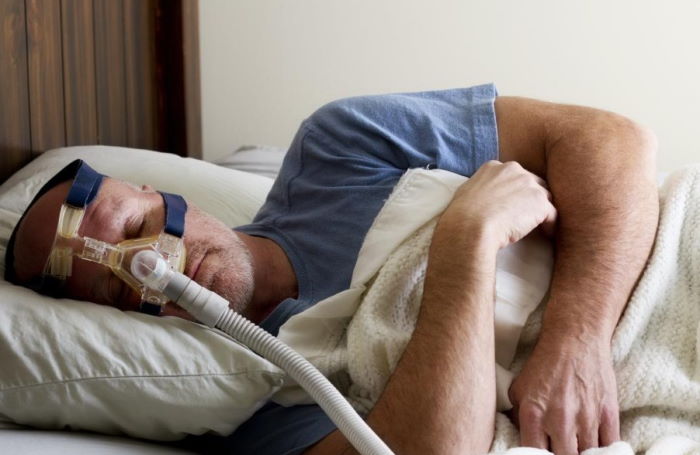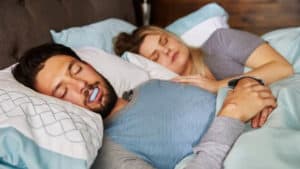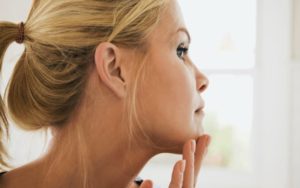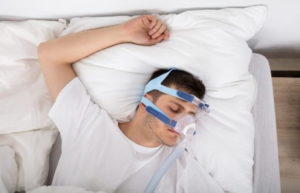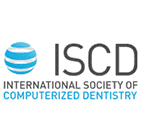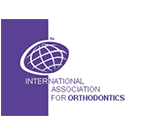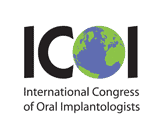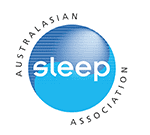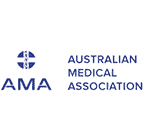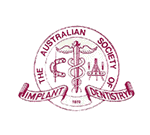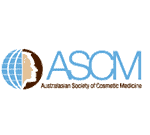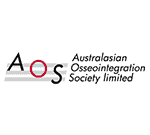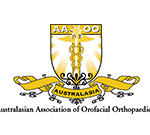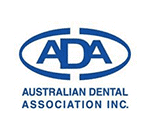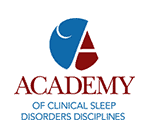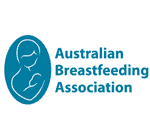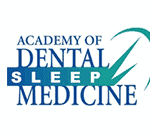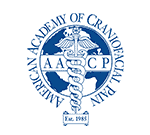Research estimates that roughly 62% of adults worldwide don’t get enough sleep, and 44% say their sleep has worsened in the past five years. This statistic is alarming as losing just an hour or two of quality sleep can cause significant cognitive, physiological, and emotional problems that lead to severe long-term health conditions.
While some people may need to get more sleep to avoid health problems, many suffer from various forms of untreated sleep disorders that keep them from getting quality sleep regularly. This is why sleep doctors and sleep studies are essential. Who is a candidate for a sleep study? And why should you undergo this test?
Sleep Study: an Overview
Polysomnography, more popularly known as sleep study, is a comprehensive diagnostic procedure used by sleep specialists to identify and analyze sleep disorders. It is a non-invasive overnight test that allows the doctor to get a better picture of what goes on within your brain and body while you sleep.
The study’s main objective is to record the brain waves and other vital statistics such as breathing, heart rate, oxygen level in the blood, and even leg movements while you sleep. The test is used to customize treatment plans for people who have already been diagnosed with certain sleep disorders.
To perform this test, you must stay overnight in a sleep lab (usually a sleep center or a hospital). Various measuring apparatuses will be attached to different parts of your body to monitor your brain and activities. Among the devices is the EEG monitor to read your sleep stages, Rapid Eye Movement (REM) and Non-Rapid Eye Movement (NREM) stages, and identify the possible disruptions that may be keeping you from getting a good night’s sleep.
A technologist will collect the data from your sleep, which your attending doctor will later evaluate.
Different Types of Sleep Study
1. Polysomnogram
Also known as an all-night sleep study, Polysomnogram is the most common type of sleep study for determining sleep disorders. This test measures brain activities, muscle and eye movements, blood oxygen levels, breathing (respiratory airflow and effort), body positioning, heart rate, bodily movements, and snoring (both frequency and intensity).
Who is a candidate for this type of sleep study?
This test is usually advised to patients with suspected obstructive sleep apnea (OSA), a sleep disorder characterized by loud and excessive snoring that results in choking and gasping for air during sleep.
What Can This Sleep Study Diagnose?
This test can diagnose sleep disorders, including OSA, central sleep apnea, or sleep-related breathing problems, such as hypoventilation.
Polysomnogram can also diagnose REM behavior disorder, other abnormal behaviors during sleep (parasomnias), narcolepsy, idiopathic hypersomnia, etc. It can also diagnose bruxism, restless leg syndrome (RLS), periodic limb movement disorder (PLMD), movement disorders during sleep.
2. Multiple Sleep Latency Test
The MSLT is much like nap tests that measure how a person can quickly fall asleep and enter the REM stage in a quiet daytime environment. Unlike Polysomnogram, this test is usually performed during the day and comprises five scheduled naps of two hours intervals (which can take a full day).
Similar to regular sleep tests, MSLT requires the attachment of specific sensors to measure the head, face, and chin movements of the patient when they are asleep.
Who is a candidate for this type of sleep study?
This test is usually performed on people with excessive daytime sleepiness, which may be caused by narcolepsy or other underlying health conditions.
What Can This Sleep Study Diagnose?
MSLT can diagnose narcolepsy, idiopathic hypersomnia, and the like.
3. CPAP Titration
Continuous Positive Airway Pressure (CPAP) is the gold standard for sleep apnea treatment. To determine how much air pressure is needed in their CPAP therapy, sleep doctors may require their patients to undergo CPAP titration test.
CPAP Titration is a second sleep study (performed after a polysomnogram) and is also an all-nighter test. For this test, the doctor will fit the patient with a nasal mask connected to a small pressure-generating device via a tube. Like a polysomnogram, this test also measures the patient’s brain waves, breathing patterns, heart rate, oxygen levels, and arm and leg movements.
In many cases, patients who use CPAP therapy may need to undergo a CPAP re-titration study to monitor the severity of their sleep apnea symptoms, allowing them to determine the correct air pressure setting. Based on the data, the doctor would make recommendations, should the patient need any changes.
Who is a candidate for this type of sleep study?
Patients of OSA are the usual candidates for this diagnostic procedure.
What Can This Sleep Study Diagnose?
The sleep doctor can determine the correct air pressure needed for the CPAP therapy using the titration test.
4. Split Night Study
This test is the alternative for people who suffer from severe OSA, as it can diagnose both OSA and CPAP titration in a single night. The test is divided into two sections. The first half is a polysomnogram that measures the usual vital functions, while the second determines the correct air pressure settings for an effective CPAP therapy.
Who is a candidate for this type of sleep study?
This is a feasible alternative for people who don’t want to return for another sleep study. Moreover, it is usually prescribed for patients with OSA.
Diagnosis from Split Night Study
This test combines polysomnogram and CPAP titration in one night.
5. Maintenance of the Wakefulness Test
Unlike sleep tests, this test is performed while awake, as it measures how sharp and alert the patient is during the day. This test measures how well you can stay awake for a certain period in a quiet, relaxing environment free of any stimulation.
Who needs the Maintenance of Wakefulness Test?
This test is usually prescribed for aspiring truck drivers, pilots, or any occupation that requires staying awake for long hours and during the night time.
Frequently Asked Questions
Q. Does insurance cover it?
A. Generally, you can expect to pay around $500 to $3,000 for a comprehensive sleep study. For those with insurance coverage, you can expect it to be free or pay an affordable fee of $150.
And yes, health insurance usually covers sleep studies.
Q. Is an at-home sleep study a viable option?
A. This test measures the same statistics as polysomnography, namely heart rate and breathing patterns throughout the night. However, sleep doctors always recommend that the sleep study be performed in the hospital or a sleep clinic, where a competent sleep technologist oversees the examination.
